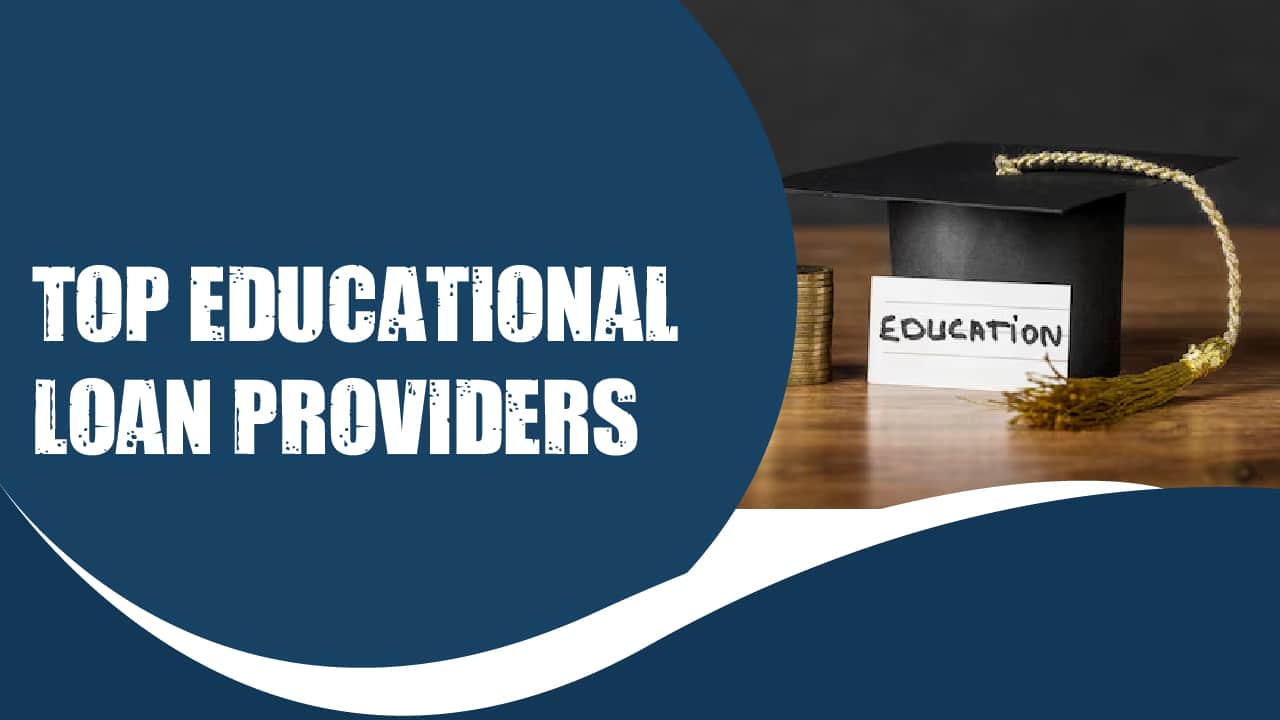Top Educational Loan Providers in the USA
Higher education in the United States often comes with a hefty price tag, leaving many students and families to rely on loans to fund their education. While federal loans are typically the first step for many students, private educational loans from well-known lenders can also play a critical role in covering costs. Among the top private educational loan providers in the U.S. are Sallie Mae and SoFi. Both companies offer competitive loans, but they cater to slightly different needs. In this article, we will explore the features, benefits, and drawbacks of Sallie Mae and SoFi, helping students and families make an informed choice when seeking financial aid for college or graduate school.
1. Sallie Mae: A Legacy of Student Financing
Sallie Mae is one of the most recognized names in student lending. Founded in 1972 as a government-sponsored enterprise to service federal student loans, it has since evolved into a private company focusing on student and parent loans for higher education. Sallie Mae is known for its flexibility in loan options and long-standing reputation in the industry.
Key Features
Several aspects of Sallie Mae’s loan offerings make it a preferred choice for many students:
- Undergraduate and Graduate Loans: Sallie Mae provides loans for both undergraduate and graduate students. It also offers financing options for specialized programs, such as law, medical, and dental school. This diversity in loan types allows students in various fields of study to find a solution tailored to their educational needs.
- Competitive Interest Rates: Sallie Mae offers both fixed and variable interest rate options. Fixed rates provide predictability by locking in a rate for the life of the loan, while variable rates may start lower but fluctuate over time. Depending on creditworthiness, students and co-signers can qualify for interest rates that are competitive with federal loans.
- Multiple Repayment Options: One of Sallie Mae’s biggest strengths is the flexibility it offers when it comes to repayment. Students can choose from several repayment plans, including interest-only payments while in school, deferred payments until after graduation, or fixed monthly payments while attending school. This flexibility is helpful for borrowers who want to minimize their debt load after finishing their education.
- Co-signer Release Option: Many students require a co-signer to qualify for a private loan due to limited or nonexistent credit history. Sallie Mae allows for a co-signer release after making 12 consecutive, on-time monthly payments, provided the borrower meets the lender’s credit requirements at that time.
- Rewards and Discounts: Sallie Mae offers a 0.25% interest rate reduction for borrowers who enroll in automatic debit payments. Additionally, the company provides a cash-back reward program for students who graduate, giving borrowers an incentive to complete their degree programs.
Drawbacks
- Higher Interest Rates for Some Borrowers: While Sallie Mae offers competitive rates for well-qualified borrowers, students with lower credit scores or without a co-signer may face higher interest rates. This can make the loan significantly more expensive over time compared to federal loans.
- Limited Grace Period: Sallie Mae’s standard grace period is only six months after graduation, which may not be enough time for some borrowers to secure employment and begin repaying their loans. Borrowers who need more time to find a job may find this grace period restrictive.
2. SoFi: A Modern Approach to Student Loans
SoFi (Social Finance, Inc.) was founded in 2011 and quickly became a major player in the financial services industry, offering a wide range of products from student loans to mortgages and investment accounts. SoFi’s student loan offerings are particularly attractive to graduate students and those looking to refinance existing student loans.
Key Features
SoFi has built a reputation for offering innovative loan solutions and additional financial services, making it a popular choice for students seeking flexibility and added value:
- Refinancing Existing Student Loans: One of SoFi’s standout features is its student loan refinancing options. Borrowers can consolidate both private and federal student loans into a single loan with a potentially lower interest rate. SoFi’s refinancing options are especially attractive to those with high-interest loans who want to simplify payments and reduce costs over time.
- Competitive Rates: SoFi offers highly competitive interest rates for student loan refinancing and new private loans. Both fixed and variable rate options are available, and borrowers with excellent credit scores can qualify for rates that are among the lowest in the industry.
- No Fees: SoFi distinguishes itself by not charging fees for loan origination, prepayment penalties, or late payments. This lack of fees can save borrowers hundreds or even thousands of dollars over the life of the loan, particularly compared to other private lenders.
- Career and Financial Planning Support: In addition to its loan products, SoFi provides borrowers with access to a range of financial and career planning services. SoFi members can take advantage of personalized career coaching, networking events, and financial advice—all at no extra cost. These services can be especially valuable to recent graduates entering the job market or looking to build long-term financial security.
- Flexible Repayment Plans: SoFi offers flexible repayment terms ranging from 5 to 20 years. This flexibility allows borrowers to choose a repayment period that fits their financial situation, whether they prefer a shorter term to minimize interest or a longer term to lower monthly payments.
Drawbacks
- No Federal Loan Protections: While SoFi offers competitive rates and refinancing options, it lacks some of the protections and benefits that come with federal student loans. Borrowers who refinance federal loans with SoFi lose access to income-driven repayment plans, public service loan forgiveness (PSLF), and other federal protections, such as deferment or forbearance during financial hardship.
- Strict Credit Requirements: SoFi is known for catering to borrowers with strong credit profiles. Students and recent graduates with limited credit history or poor credit may find it difficult to qualify for SoFi loans without a co-signer. Even with a co-signer, rates may not be as favorable as those offered by other private lenders.
Comparing Sallie Mae and SoFi
When deciding between Sallie Mae and SoFi, the right choice depends on the borrower’s financial situation and specific needs.
- Sallie Mae is ideal for undergraduate and graduate students who need loans to cover the cost of their education and want flexibility in repayment while still in school. Sallie Mae’s co-signer release option and multiple repayment plans make it appealing to students and families seeking a manageable approach to paying for college.
- SoFi, on the other hand, is a standout option for those looking to refinance existing student loans or seeking competitive rates for graduate loans. SoFi’s no-fee structure, financial planning services, and career support make it attractive to borrowers who value a long-term relationship with their lender and want to optimize their financial future.
Conclusion
Choosing between Sallie Mae and SoFi depends largely on whether a borrower is looking for a loan to fund their education or refinance existing loans. Sallie Mae offers flexibility and broad access to loans for students of all academic levels, while SoFi provides excellent refinancing options and additional financial services that can help graduates manage their debt and build their careers. Both companies are well-established leaders in the student loan industry, making them reliable choices for financing education in the U.S









